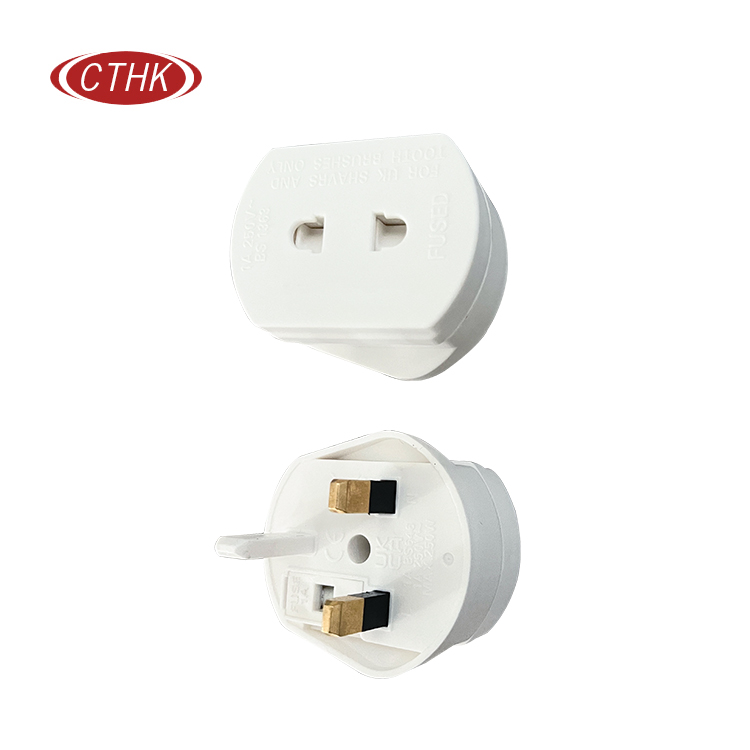In modern electrical environments, the overload protection of power strips is a key line of defense for safety. Understanding how it works can help us better understand this important design.
The overload protection function of power strips is mainly achieved through two common mechanisms: thermal overload protection and electromagnetic overload protection.
The thermal overload protection is based on the principle of bimetallic strips. Under normal operating current, the circuit inside the power strip is in a stable state. The bimetallic strip is made of two metals with different thermal expansion coefficients. When the total power of the appliances connected to the strip is within the rated range, the heat generated by the current keeps the temperature of the bimetallic strip within the normal range and its shape does not change significantly. However, once an overload occurs, that is, the total power of the connected appliances exceeds the rated power of the strip, the current in the circuit increases significantly. According to Joule's law (Q = I²Rt), the increase in current causes a sharp increase in the heat generated on the bimetallic strip. Due to the different expansion degrees of the two metals, the bimetallic strip will bend when heated. When the bending reaches a certain degree, it triggers a mechanical switch to disconnect the circuit, thereby effectively preventing excessive current from continuing to pass through, avoiding damage to the socket row due to overheating, and also protecting the connected electrical equipment.
Electromagnetic overload protection uses the principle of electromagnetic induction. In the circuit of the socket row, there is an electromagnetic coil connected in series with the main circuit. When normal current passes through, the magnetic field strength generated is not enough to cause the armature to move. But when the current exceeds the rated value, the magnetic field strength will increase rapidly. The enhanced magnetic field will attract the armature, and the movement of the armature will trigger the tripping mechanism to disconnect the circuit. This protection method reacts quickly and can cut off the overload current in a short time.
In addition, some advanced power socket rows are also equipped with intelligent overload protection systems. These systems use microprocessors to monitor parameters such as current and voltage. The microprocessor can accurately calculate the power and determine whether it is overloaded based on the preset safety threshold. Once an overload is detected, it will quickly issue a command to start the protection mechanism. This intelligent system can also realize the overload alarm function, prompting the user to adjust the connected electrical appliances in time by flashing the indicator light or sounding an alarm.
The overload protection function is essential for power socket rows. Whether you are using multiple electrical appliances at home, such as TVs, computers, chargers, etc., or connecting printers, copiers, and other equipment in an office, overload protection can ensure the safety of electricity use. It prevents potential dangers such as electrical fires and socket damage caused by overload, provides stable and reliable power guarantee for our life and work, and allows us to use various electrical equipment with confidence.

 中文简体
中文简体 English
English Español
Español









